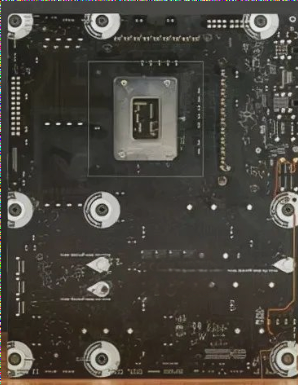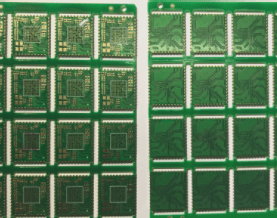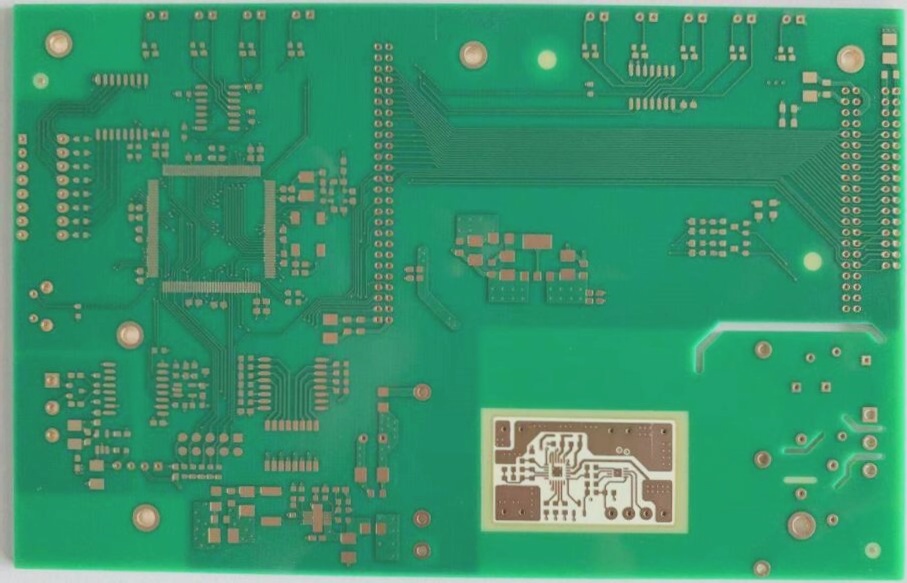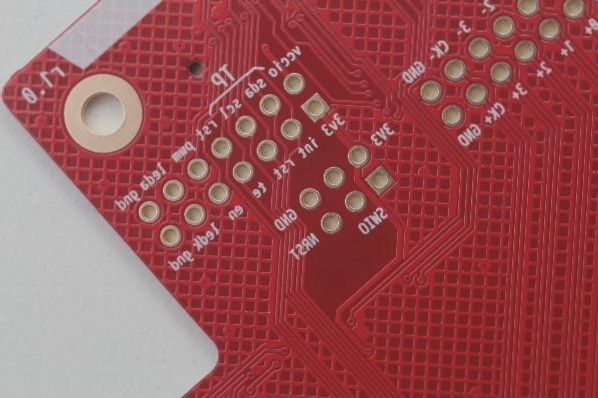PCB Design for RF Circuits
In the realm of PCB design, the intricacies of RF circuits pose a unique challenge that cannot be fully captured by conventional simulation tools like SPICE. However, modern EDA software solutions now offer advanced algorithms such as harmonic balance and the shooting method, enabling swift and precise simulation of radio frequency circuits.
Understanding RF Interface
- The wireless transmitter and receiver are divided into two main segments: base frequency and radio frequency. The base frequency defines the input/output signal range and bandwidth, crucial for data transmission reliability.
- Designing a base frequency circuit on a PCB requires expertise in signal processing engineering to optimize data transmission efficiency.
- The RF circuit in the transmitter converts the baseband signal to a designated channel for transmission, while the receiver’s RF circuit down-converts the signal back to the base frequency.
Key PCB Design Objectives
- Transmitter Goals:
- Emit specified power while minimizing consumption.
- Avoid interference with adjacent-channel transceivers.
- Receiver Goals:
- Restore weak signals accurately.
- Eliminate interfering signals outside the desired channel.
- Consume minimal power.
Enhancing Receiver Sensitivity
- Receivers must detect faint input signals with high sensitivity, often as low as 1 μV.
- Noise analysis is crucial in PCB design to predict and manage noise from the input circuit.
- Front-end circuit noise performance is influenced by components like the low-noise amplifier (LNA), mixer, and local oscillator (LO).
Receiver Architectures
- Superheterodyne Architecture:
- Distributes gain across frequencies to reduce coupling issues.
- Prevents interference by setting the first LO frequency apart from the input signal frequency.
- Direct Conversion/Homodyne Architecture:
- Converts RF input signal directly to the fundamental frequency in one step.
- Focuses gain at the fundamental frequency, aligning LO frequency with the input signal.
Managing Interference Signals
Receivers must maintain sensitivity to small signals amidst large interference signals, necessitating robust design strategies.
For further assistance, feel free to reach out!

PCB Receiver and Transmitter Distortion Issues
When trying to capture a weak signal while a strong neighboring transmitter is active on a nearby channel, a problem known as PCB adjacent channel interference arises. The interfering signal could overpower the desired signal by 60-70 dB, causing significant interference or noise in the receiver’s input stage, disrupting normal signal reception.
If the interference pushes the receiver into a non-linear state during the input stage, issues can occur. To combat this, the receiver’s front end must maintain high linearity, making “linearity” a crucial aspect of PCB receiver design.
Due to the receiver’s narrowband nature, non-linearity is evaluated through “intermodulation distortion.” This method involves using two similar-frequency sine or cosine waves to drive the input and then measuring the resulting intermodulation products.
Distortion is also critical for the transmitter. Non-linearities in the transmitter’s output circuit can cause the transmitted signal’s bandwidth to extend into adjacent channels, a phenomenon referred to as “spectral regrowth.”
While the signal’s bandwidth is initially restricted before entering the transmitter’s power amplifier (PA), intermodulation distortion within the PA can lead to bandwidth expansion. If this expansion is excessive, the transmitter may not meet adjacent channel power requirements.
When transmitting digitally modulated signals, predicting spectrum growth through SPICE simulation can be challenging. It may require approximately 1000 digital symbol transmission simulations to accurately represent the spectrum, especially with high-frequency carriers involved.



